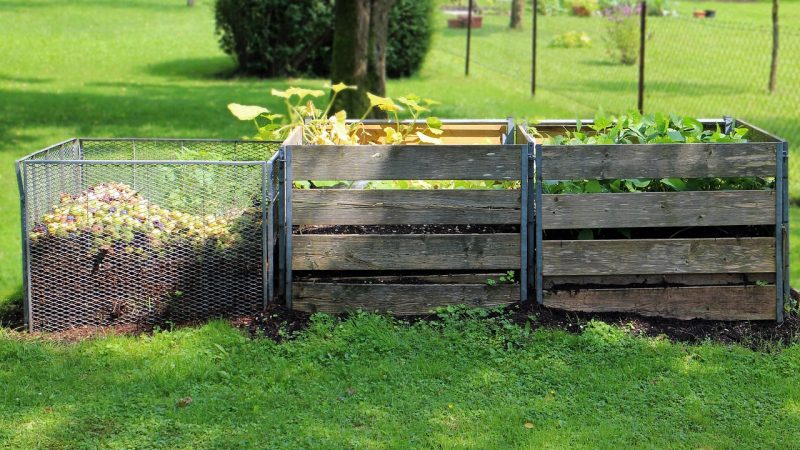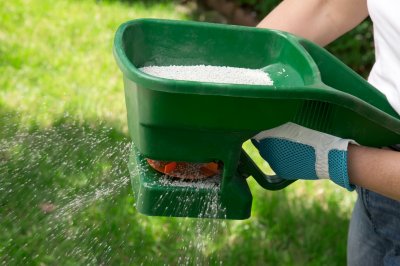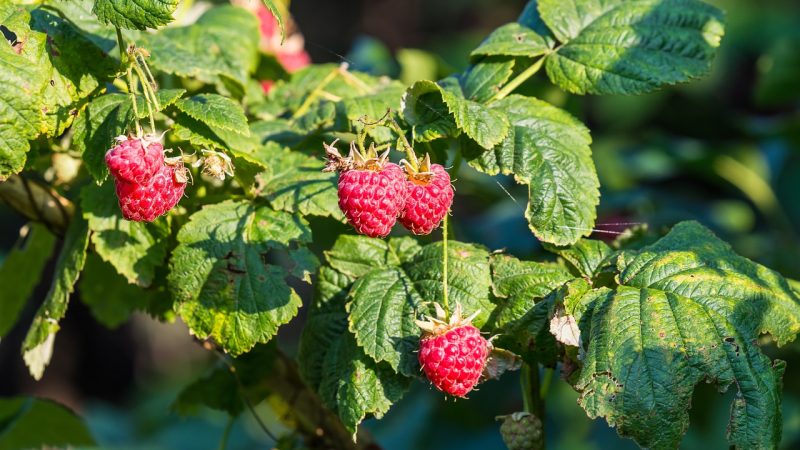When it comes to harvesting spice plants, proper cutting and handling are essential to ensure the best flavor and quality of the spices. The methods for cutting spice plants can vary depending on the specific plant and the part of the plant you want to harvest (leaves, stems, seeds, etc.). Here are some general guidelines for cutting spice plants:
1. Timing:
- Harvest spices at the right time to get the most flavor and aroma. The timing can vary depending on the spice plant. For some spices, like basil or cilantro, it’s best to harvest the leaves before the plant starts to flower. For others, like fennel seeds, wait until the seeds have fully matured.
2. Use Clean and Sharp Tools:
- Use clean and sharp scissors, pruning shears, or a knife to make clean cuts. This reduces the risk of damage to the plant and helps prevent the spread of diseases.
3. Harvesting Leaves:
- When harvesting leaves from spice plants, cut the leaves just above a set of healthy, mature leaves. Avoid cutting too close to the main stem, as this can damage the plant and slow down regrowth.
- For some spice plants, like bay leaves, it’s best to harvest individual leaves rather than cutting entire stems.
4. Harvesting Stems:
- For spice plants with tender stems, like basil or mint, you can cut the entire stem just above a set of healthy leaves. This encourages branching and new growth.
- For woody spice plants, like rosemary or thyme, harvest the stems as needed, cutting them back to maintain the desired shape and size of the plant.
5. Harvesting Seeds:
- For spice plants that produce seeds, like fennel, coriander, or cumin, wait until the seeds have fully matured and turned brown or black.
- Cut the seed heads or seed pods from the plant and allow them to dry further indoors before threshing and collecting the seeds.
6. Harvesting Roots:
- For spice plants with edible roots, like ginger or turmeric, carefully dig up the rhizomes with a garden fork or spade. Gently remove the soil and cut off the desired amount of roots.
7. Proper Handling:
- Handle the harvested spice plants with care to avoid bruising or damaging them. Keep them cool and dry, and process them as soon as possible after harvest to preserve their flavor and quality.
8. Allow for Regrowth:
- When cutting spice plants, be mindful not to remove too much of the plant at once, especially if it’s a perennial. Leave enough foliage for the plant to continue photosynthesizing and growing.
By following these guidelines, you can harvest your spice plants properly and enjoy fresh, flavorful spices for your culinary creations. Remember that each spice plant may have its unique harvesting requirements, so always research the specific plant you are growing for the best results.







